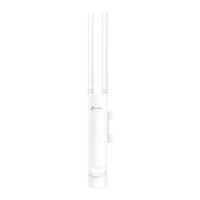
Do you have a question about the TP-Link Omada EAP225 and is the answer not in the manual?
| DSL WAN | No |
|---|---|
| Ethernet WAN | Yes |
| Wi-Fi band | Dual-band (2.4 GHz / 5 GHz) |
| Wi-Fi standards | 802.11a, 802.11b, 802.11g, Wi-Fi 4 (802.11n), Wi-Fi 5 (802.11ac) |
| Top Wi-Fi standard | Wi-Fi 5 (802.11ac) |
| Security algorithms | 64-bit WEP, 128-bit WEP, 152-bit WEP, SSID, WPA, WPA-PSK, WPA2, WPA2-PSK |
| WLAN data transfer rate (max) | 867 Mbit/s |
| WLAN data transfer rate (first band) | 300 Mbit/s |
| Cabling technology | 10/100/1000Base-T(X) |
| Networking standards | IEEE 802.3af |
| Ethernet LAN data rates | 10, 100, 1000 Mbit/s |
| Ethernet LAN interface type | Gigabit Ethernet |
| USB 2.0 ports quantity | - |
| Ethernet LAN (RJ-45) ports | 1 |
| Number of SSID supported | 16 |
| Transmit power | CE:≤20dBm(2.4GHz, EIRP), ≤23dBm(5GHz, EIRP), FCC:≤24dBm(2.4GHz), ≤22dBm(5GHz) dBmW |
| Antennas quantity | 3 |
| Antenna direction type | Omni-directional |
| Local AP management | Telnet |
| Placement | Ceiling, Wall |
| Product type | Portable router |
| Certification | CE, FCC, RoHS |
| Product color | White |
| LED indicators | Power, WLAN |
| Storage temperature (T-T) | -40 - 70 °C |
| Operating temperature (T-T) | 0 - 40 °C |
| Storage relative humidity (H-H) | 5 - 90 % |
| Operating relative humidity (H-H) | 10 - 90 % |
| Power supply | 10.15 W |
| Output current | 1.5 A |
| Output voltage | 12 V |
| Power source type | AC |
| Power over Ethernet (PoE) type supported | Active PoE, Passive PoE |
| Number of products included | 1 pc(s) |
| Package type | Box |
| Package depth | 228 mm |
| Package width | 340 mm |
| Package height | 65 mm |
| Package weight | 910 g |
| Windows operating systems supported | Windows 10, Windows 7, Windows 8, Windows Vista, Windows XP |
| MIMO type | Multi User MIMO |
| Maximum data transfer rate (2.4 GHz) | 450 Mbit/s |
| Harmonized System (HS) code | 85176990 |
| Width | 180 mm |
|---|---|
| Height | 47.5 mm |
Step-by-step instructions for mounting the EAP on a ceiling tile.
Step-by-step instructions for mounting the EAP on a wall.
Connects the EAP to a power adapter and wall outlet.
Connects the EAP to a PoE switch for power and data.
Configure and manage EAPs singly, suitable for small networks.
Centrally configure and monitor EAPs via software or cloud controller.
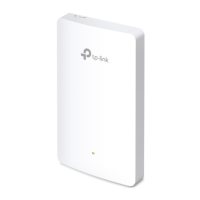
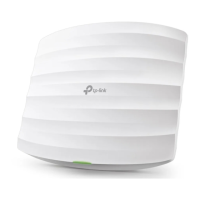


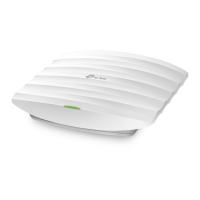
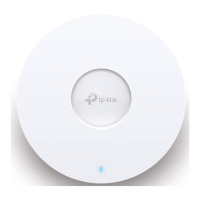
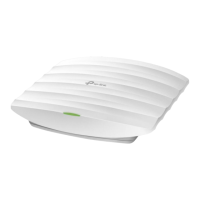
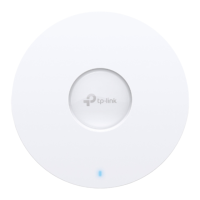
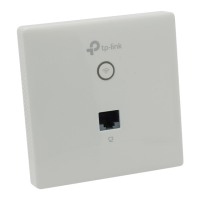

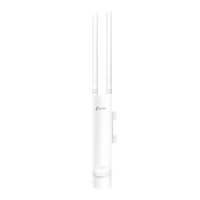

